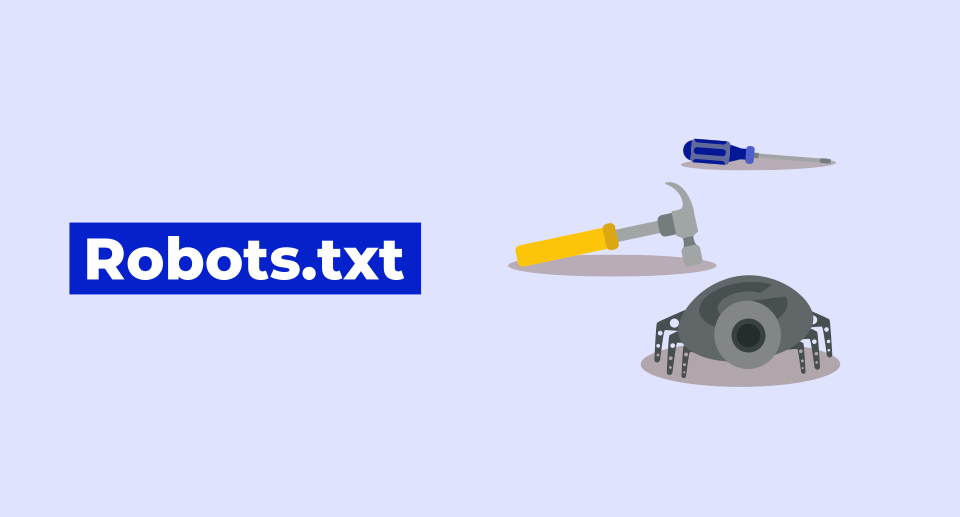Which tips will be helpful in effectively implementing a Technical SEO strategy?
According to the SEO experts of the famous digital marketing company in india, “The predominant aim of any SEO strategy is to somehow make the technical SEO better.” If you are thoroughly ensured that your website is in the tip-top shape, then you can surely expect the following outcomes:
- Generation of the maximum SEO traffic
- Your keywords may get ranked
- You ll get the best rates of the conversion
SEO and social media marketing are integral parts of the Online marketing world. Without one the other cannot perform better. So when you are aiming to make the Technical SEO better, then make sure you are not denying the importance of the role of SMM (Social media marketing).
Tips To Make Your Technical Seo Better Than Ever
Do not forget to make changes to the web pages
The ultimate goals of doing modifications or making web pages better will be the following:
- Great Mobile-Friendliness
- Safe browsing Experience
- Ultimate HTTPS security
- Intrusive interstitial guidelines
Are you considering detecting crawling errors?
The second core factor of making the technical SEO work for your website is to keep on detecting crawling errors. Crawl errors are experienced when the SE Search Engine) is intending to visit a particular page on the site but it is repeatedly getting failed.
Do not let the links (internal and inbound) be broken for long
If the links are structured poorly, then how can we hope for a great user experience ( for both SE and the users). We all should accept how frustrated we feel when we are not directed to the correct URL, by clicking on the particular link. For fixing the broken links, you should follow either of the following ways:
- Try to update the targeted URL
- Remove a link if it does not exist.
Do not publish duplicate or irrelevant content
To make technical SEO work, first of all, you should pay great attention to the quality of the content. Along with that, try to get rid of the duplicate content which has come about owing to the following:
- Page Replication ( From faceted navigation)
- Because you may be having multiple versions of the live site
You can fix this by building up 301 redirects to the preliminary versions of a particular URL.
Cleaned Structure of the URL
Google has instructed developers all over the world to keep the URL of the site the simplest. It should be user friendly and it should not take more than 2 seconds to grab it.
In case, the URLs are complex, then these will be able to create great problems for the crawlers. You might be wondering about how these can come out to be problematic? Read below:
The complex URLs have the potential to get replicated in huge numbers that are pointing to either identical or similar content on the website.
Want more tips?
If you have found any or all of these tips significantly useful, then please let us know. We have so many tips and techniques that we like to share with you so that you can come out to be successful in implementation strategy for technical SEO.



